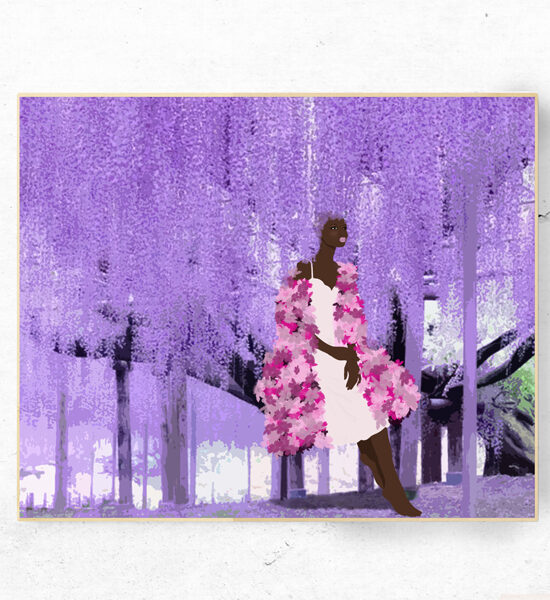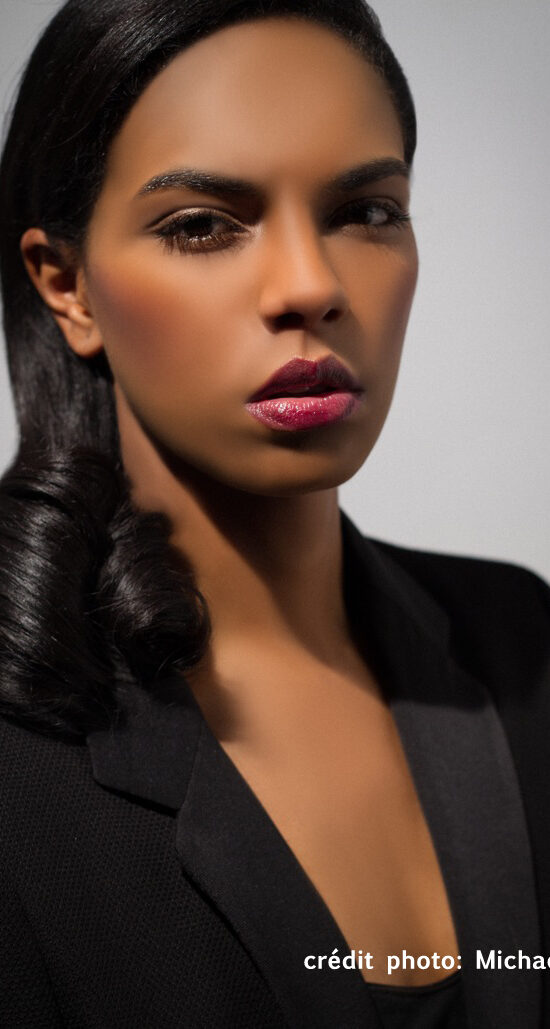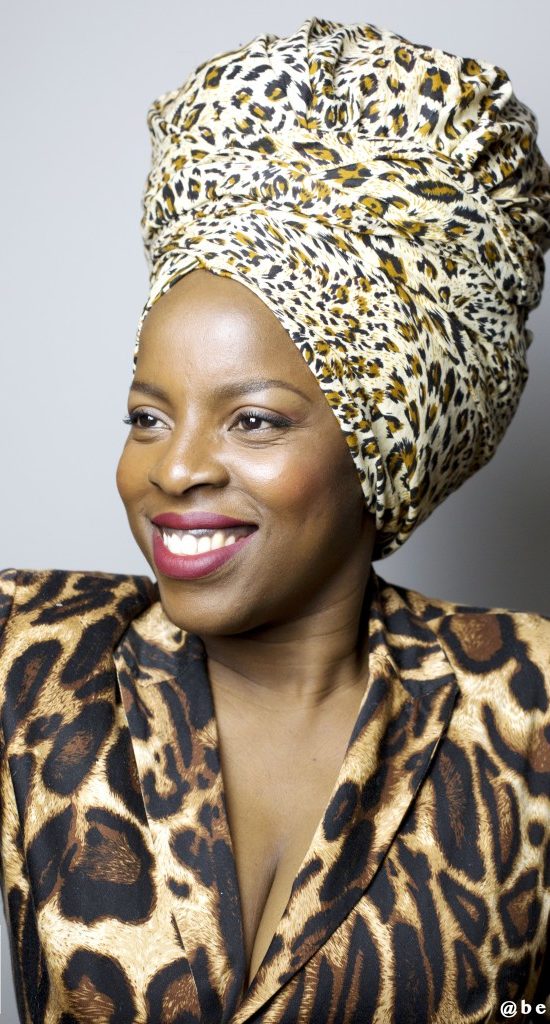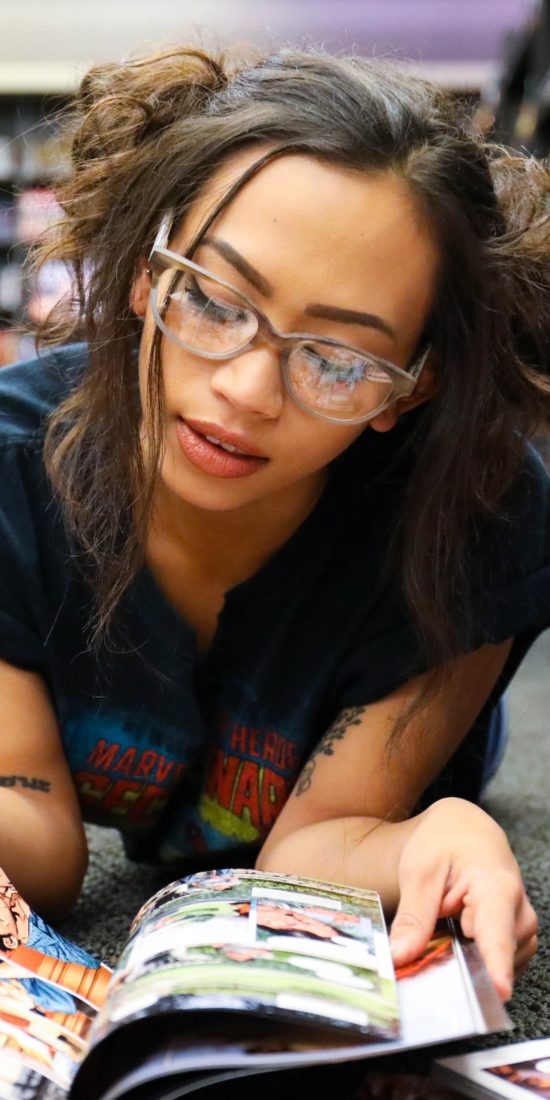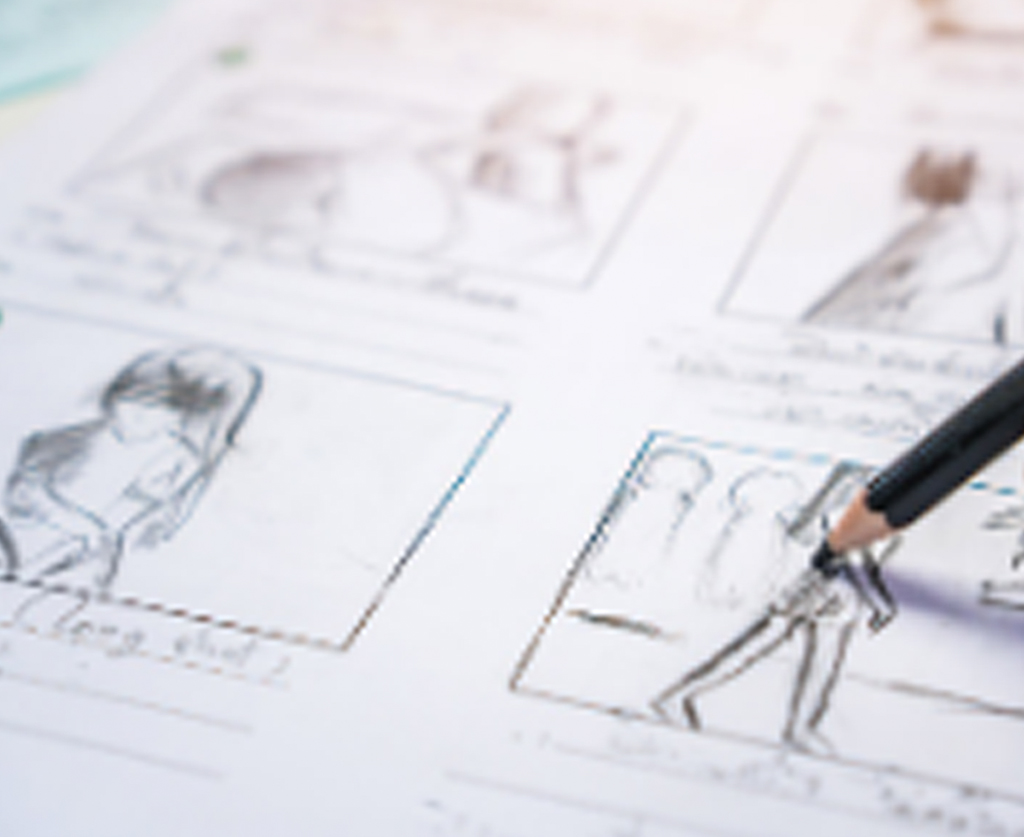
How to Create a Comic Book or a Graphic Novel Step 2: the storyboard
A story contains different parts that are divided into several sequences. The sequences contain several scenes which correspond to events or changes.
The sequencer
Once the scenario is created, the writer develops a sequencer. This step involves dividing the comic book into distinct parts, corresponding to the pages (comic boards) of the comic strip. A sequencer scene can span from half a page to several pages, depending on its significance.
Transposing the sequencer into individual comic panels can be challenging, as not everything can be explicitly shown. Some interpretation is required when transitioning from one panel to another—this process, known as narrative continuity, relies on the reader’s ability to fill in the gaps.
However, the reader’s mind cannot do all the work. The division of panels must be structured clearly to ensure smooth storytelling. This is particularly important in an online dating comic, where subtle emotional cues and interactions between characters play a major role in the narrative.
For each board, the screenwriter describes the framing, setting, character positioning, actions, and emotions—panel by panel. Dialogue bubbles and explanatory text boxes are also specified. This breakdown determines the pace and rhythm of the storytelling.
The Storyboard
This is an important step in the creation of comics as it allows you to have a global vision of the board. Writers and designers exchange their views, agree on what to modify and delete, but also check whether the whole story is understandable.
To help the designer, the storyboard can be completed with precise notes on what should be found on each box and each board, to control the narration and the dialogues. For example, it enables you to check the impact of a cliffhanger or an ellipse (moment that is not shown).
The storyboard is lightened in the sense that the drawings do not have to be really detailed. It is a draft of each board that allows the designer to throw down on paper all the mental images that come to him when reading the script. At this point, anything is still possible. The artist has a lot of freedom. But a draft is not a “rag” and need to be understandable.


